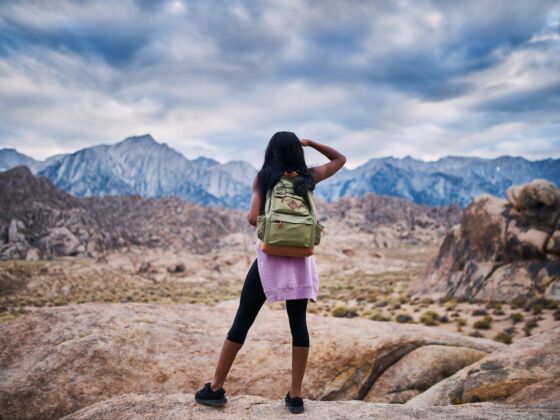No matter the subject, 788 billion is a massive number. Put that number into US dollars and you have the total economic output of outdoor recreation in the United States — in 2019 alone. That’s according to the third annual report on the subject from the Bureau of Economic Analysis, which released its findings on November 10. The report’s biggest takeaway is this: The US spent a lot of time outside in 2019, and this had a major impact on economic growth.
Nationwide, outdoor recreation accounted for 2.1 percent of total economic output, the report found. But in areas that depend on outdoor recreation tourism, that number is even higher. Florida, Maine, Montana, and Wyoming each saw outdoor recreation drive more than four percent of their economic output. Western states including Idaho, Utah, and Colorado, where much of the state is open space protected by federal or state governments, saw that number at three percent or higher. The Colorado Sun’s reporting on the findings found that the outdoor recreation industry is now bigger than mining and bigger than agriculture.
